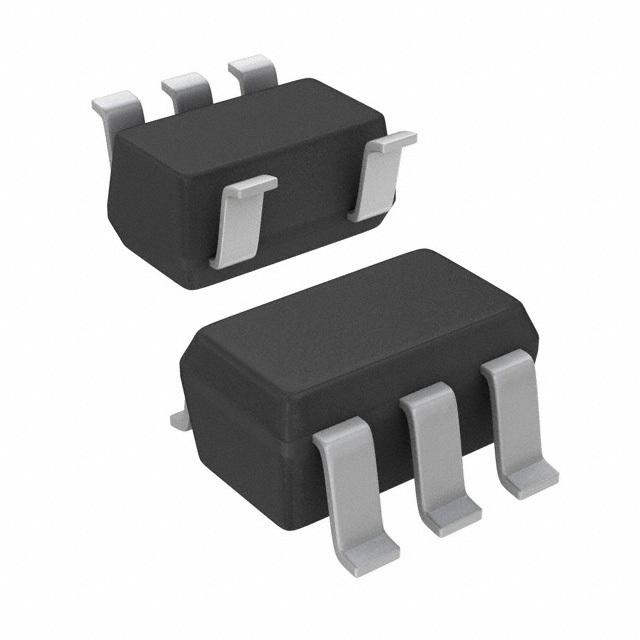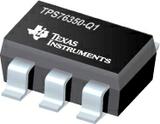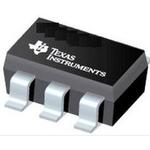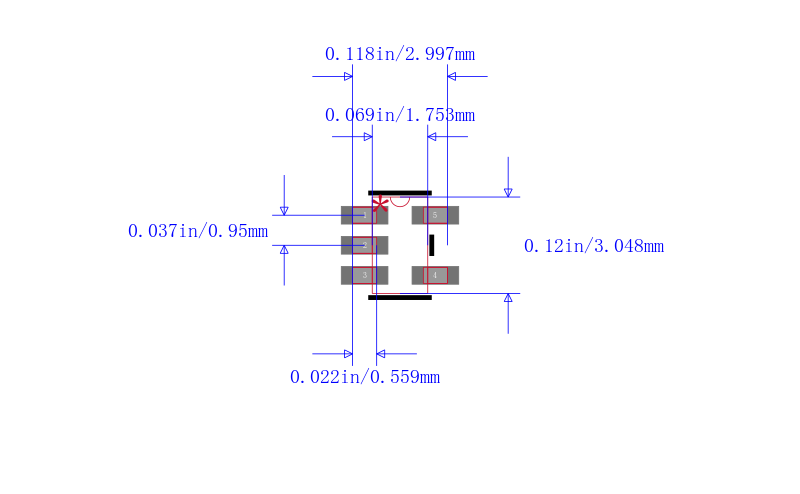




具有使能功能的汽车类 150mA、10V、低压降稳压器 5-SOT-23 -40 to 125
The TPS763xx-Q1 family of low-dropout LDO voltage regulators offers the benefits of low-dropout voltage, low-power operation, and miniaturized packaging. These regulators feature low dropout voltages and quiescent currents compared to conventional LDO regulators. Offered in a 5-pin, small outline integrated-circuit SOT-23 package, the TPS763xx-Q1 series devices are ideal for cost-sensitive designs and for applications where board space is at a premium.
A combination of new circuit design and process innovation has enabled the usual pnp pass transistor to be replaced by a PMOS pass element. Because the PMOS pass element behaves as a low-value resistor, the dropout voltage is lowtypically 300 mV at 150 mA of load current TPS76333-Q1and is directly proportional to the load current. Since the PMOS pass element is a voltage-driven device, the quiescent current is low 140 µA maximum and is stable over the entire range of output load current 0 mA to 150 mA. Intended for use in portable systems such as laptops and cellular phones, the low-dropout voltage feature and low-power operation result in a significant increase in system battery operating life.
The TPS763xx-Q1 also features a logic-enabled sleep mode to shut down the regulator, reducing quiescent current to 1 µA maximum at TJ = 25°C.The TPS763xx-Q1 is offered in 1.6-V,1.8-V, 2.5-V, 3-V, 3.3-V, and 5-V fixed-voltage versions and in a variable version programmable over the range of 1.5 V to 6.5 V.
输出接口数 1
输出电压 5 V
输出电流 150 mA
供电电流 100µA ~ 140µA
耗散功率 0.555 W
静态电流 85.0 µA
输出电容类型 Ceramic
跌落电压 300 mV
调节输出数 1
输入电压Max 10 V
输入电压Min 2.7 V
输出电压Min 5 V
输出电流Max 0.15 A
工作温度Max 125 ℃
工作温度Min 40 ℃
耗散功率Max 555 mW
精度 ±3 %
输入电压 10 V
安装方式 Surface Mount
引脚数 5
封装 SOT-23-5
长度 2.9 mm
宽度 1.6 mm
高度 1.15 mm
封装 SOT-23-5
工作温度 -40℃ ~ 125℃
产品生命周期 Active
包装方式 Tape & Reel TR
RoHS标准 RoHS Compliant
含铅标准 Lead Free



| 型号/品牌 | 代替类型 | 替代型号对比 |
|---|---|---|
TPS76350QDBVRQ1 TI 德州仪器 | 当前型号 | 当前型号 |
TPS76350QDBVRG4Q1 德州仪器 | 类似代替 | TPS76350QDBVRQ1和TPS76350QDBVRG4Q1的区别 |